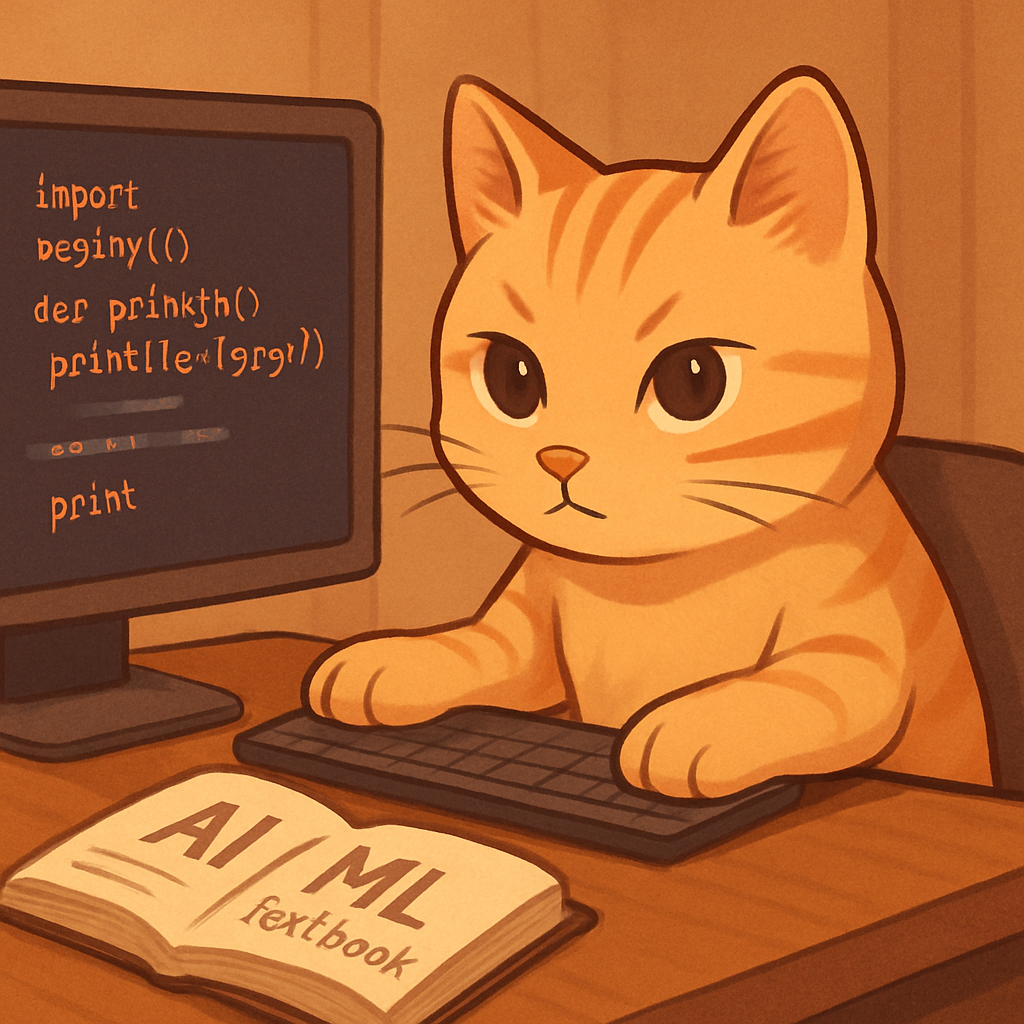How to Handle Basic File I/O in Python
Introduction
File input and output (I/O) is a fundamental part of Python programming. I explored how to write data into .txt files and read it back using Python’s built-in open() function. These small building blocks help automate data handling tasks later in larger projects.
Writing to a File
f = open("data.txt", "w")
for i in range(1, 6):
print(f"i = {i}", file=f)
f.close()
Using file=f inside print() sends output into a file instead of the screen.
Reading from a File
f = open("data.txt", "r")
data = f.read()
print(data)
f.close()
Or read line-by-line:
with open("data.txt", "r") as f:
lines = f.readlines()
for line in lines:
print(line.strip())
What I learned
open()can write ("w") or read ("r") depending on the mode.print(..., file=f)is a convenient way to write to text files.- Always remember to
close()the file or usewith open(...)to handle it safely.
What I want to do next
- Practice with more types of text data (scores, logs, etc.)
- Understand how file I/O connects to real-world logging and data storage.
